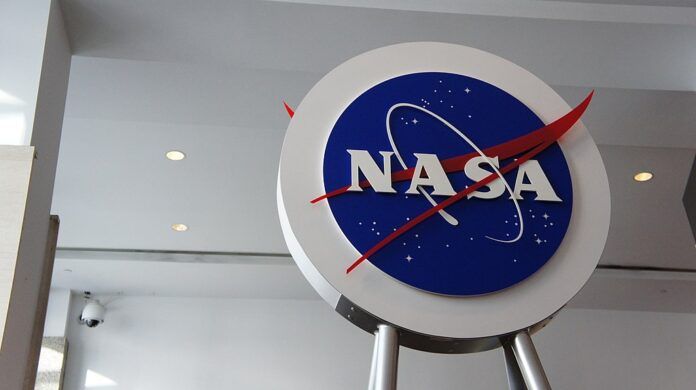NASA’s Psyche spacecraft successfully receives laser signal from Earth, marking a major breakthrough in space exploration technology
In a groundbreaking achievement, NASA has successfully transmitted a laser signal across an astonishing 290 million miles to its Psyche spacecraft. This record-breaking feat, accomplished by the Deep Space Optical Communications (DSOC) technology demonstration, represents a significant leap forward in space communication and could revolutionise the way we explore the solar system.
The DSOC experiment, part of NASA’s efforts to enhance data transmission across vast distances, is testing the viability of using laser communication to send complex, high-definition messages through space. Lasers can transmit data at speeds up to 100 times faster than the radio frequencies currently used, offering immense potential for future space missions. However, the precision required to accurately deliver laser signals over such long distances presents a formidable challenge.
Embed from Getty ImagesThe Psyche spacecraft, which launched in October 2023, has been chosen to carry out these crucial tests. While its primary mission is to study the metallic asteroid Psyche, located in the asteroid belt between Mars and Jupiter, the spacecraft is also playing a key role in testing NASA’s experimental laser communication system. The latest signal sent to Psyche, from a distance equivalent to about 460 million kilometres, is similar to the distance between Earth and Mars when they are furthest apart.
NASA is optimistic that this technology will empower future missions to Mars and other distant locations, making it possible to send complex data—including high-definition images and videos—back to Earth at unprecedented speeds. The success of this test marks a critical step in that direction.
“The milestone is significant,” explained Meera Srinivasan, the operations lead for the DSOC project at NASA’s Jet Propulsion Laboratory (JPL). “Laser communication requires a very high level of precision, and before we launched with Psyche, we didn’t know how much performance degradation we would see at our farthest distances. Now the techniques we use to track and point have been verified, confirming that optical communications can be a robust and transformative way to explore the solar system.”
This technology has already been pushing boundaries. Late last year, NASA managed to send a laser transmission from 10 million miles away, setting a new benchmark. Psyche’s increasing distance from Earth has enabled NASA to continue breaking its own records, demonstrating the incredible potential of laser communications in deep space exploration.
One of the early highlights of the DSOC test was the first ultra-high-definition video transmitted from space. In a playful moment, the Psyche spacecraft sent back crystal-clear images of a cat named Taters, marking a light-hearted but significant moment in the experiment’s progress.
However, as Psyche travels farther from Earth, the speed of the data connection decreases. When the spacecraft was only 33 miles away, it was able to receive data at an impressive 267 megabits per second. By the time the laser signal was transmitted over 290 million miles, that speed had dropped to a still-impressive 8.3 megabits per second—evidence of the challenges involved in maintaining a high-speed connection over such vast distances.
NASA’s successful use of laser communication is being celebrated as a transformative development. Bill Nelson, the NASA administrator, took to social media to congratulate the team on this remarkable achievement. “This extraordinary achievement will transform the way we explore the solar system,” he wrote on X, formerly known as Twitter.
The Psyche mission itself holds exciting promise. The asteroid it is set to study, also named Psyche, is thought to be composed largely of metal, making it a unique and valuable object of study for scientists trying to understand more about the early formation of our solar system. The successful implementation of laser communications will enable the spacecraft to send back large amounts of detailed data, enhancing our knowledge of this mysterious asteroid.
Laser communications are considered crucial for future space missions, particularly crewed missions to Mars. The ability to send and receive high volumes of data quickly and efficiently will be essential for ensuring the success and safety of astronauts travelling to and working on the Red Planet. This recent test with Psyche brings NASA one step closer to making that a reality.
While the DSOC demonstration is still in its experimental phase, the results so far have exceeded expectations. As Psyche continues its journey deeper into space, NASA will keep pushing the boundaries of what is possible with laser communication. The hope is that this technology will one day become the standard for data transmission in space, enabling faster, clearer, and more efficient communication across vast distances.
For now, the success of the laser signal sent 290 million miles stands as a milestone in space exploration. As NASA looks to the future, the possibilities for what can be achieved with laser communications seem as limitless as space itself.
